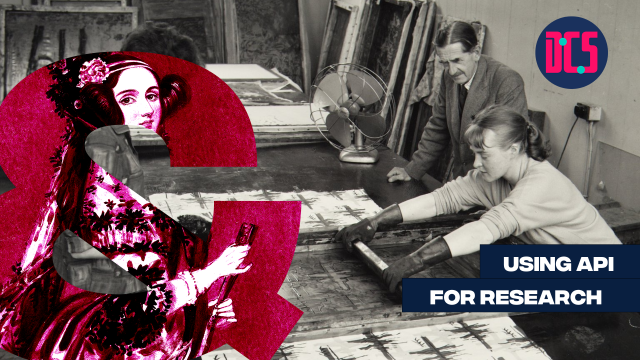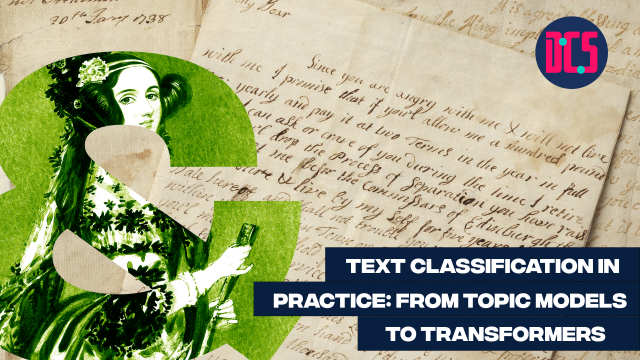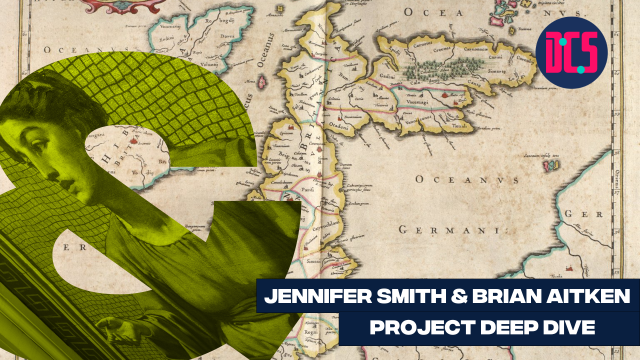Analysing Spatial Dynamics with GIS and R

In Person
This is an advanced workshop focusing on how to find patterns resulting from first and second order spatial dynamics using landscape data. The workshop will cover both the techniques on how to find the underlying patterns in data using QGIS and R/RStudio, alongside ways of visualising and presenting these patterns.
The workshop will begin with a presentation introducing theoretical principles. This is followed by guided practical exercises where these principles can be tested and applied, as well as developed upon.
The workshop will develop foundational understanding of what first and second order spatial dynamics are, as well as some of the key tools with which to highlight and analyse them. In addition, the workshop will help develop understanding of the functionality of QGIS and R/RStudio through interactive participation in each session. By fostering a familiarity with the basic principles and software, it will allow attendees to confidently apply these, or indeed seek out new applications, for their own and future research.
This is an advanced workshop, which focuses on geographical data. A good grasp of R and QGIS is necessary. You would need to be familiar with importing and wrangling data in R Studio (e.g. a familiarity with the most common Tidyverse packages). You will need to already have a general understanding of Geographical Information Systems including key difference between vectors and rasters, coordinate reference system and basic symbology.
Those who have registered to take part will receive an email with full details on how to get ready for this course.
This workshop will be taught by Ki Tong.
After taking part in this event, you may decide that you need some further help in applying what you have learnt to your research. If so, you can book a Data Surgery meeting with one of our training fellows.
More details about Data Surgeries.
If you’re new to this training event format, or to CDCS training events in general, read more on what to expect from CDCS training. Here you will also find details of our cancellation and no-show policy, which applies to this event.
Learning Outcomes:
- Creating Kernel Density Maps to highlight first order spatial dynamics.
- Use the Nearest Neighbour Index to explore second order spatial dynamics in QGIS.
- Use Ripley’s K Function to explore multiscale second-order spatial dynamics in R Studio.
Knowledge refreshment pre-reading suggestions:
If you're interested in other training on geographical data analysis, have a look at the following:
Return to the Training Homepage to see other available events.
Room 4.35, Edinburgh Futures Institute
This room is on Level 4, in the North East side of the building.
When you enter via the level 2 East entrance on Middle Meadow Walk, the room will be on the 4th floor straight ahead.
When you enter via the level 2 North entrance on Lauriston Place underneath the clock tower, the room will be on the 4th floor to your left.
When you enter via the level 0 South entrance on Porters Walk (opposite Tribe Yoga), the room will be on the 4th floor to your right.












